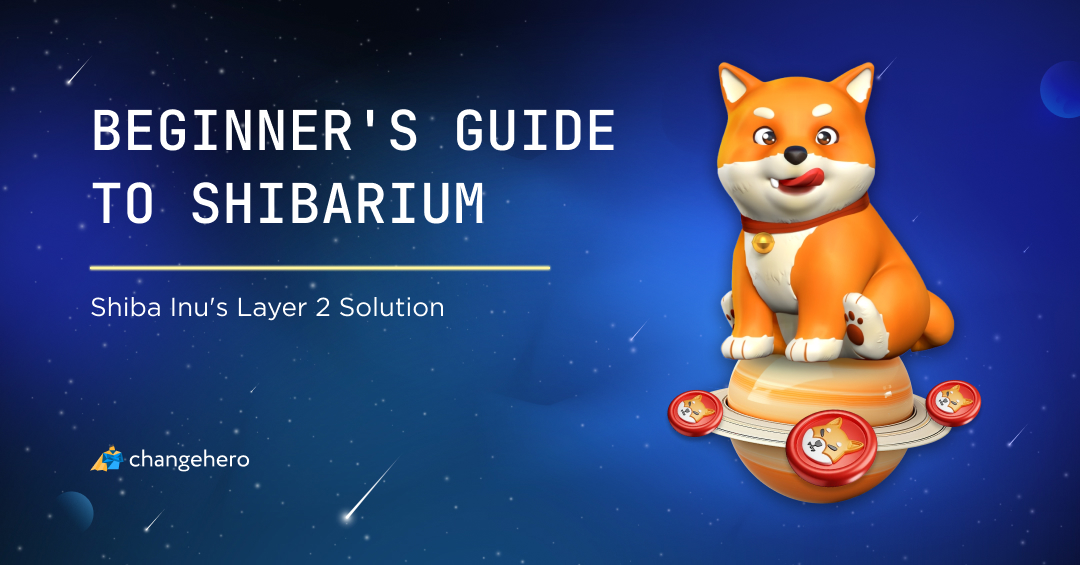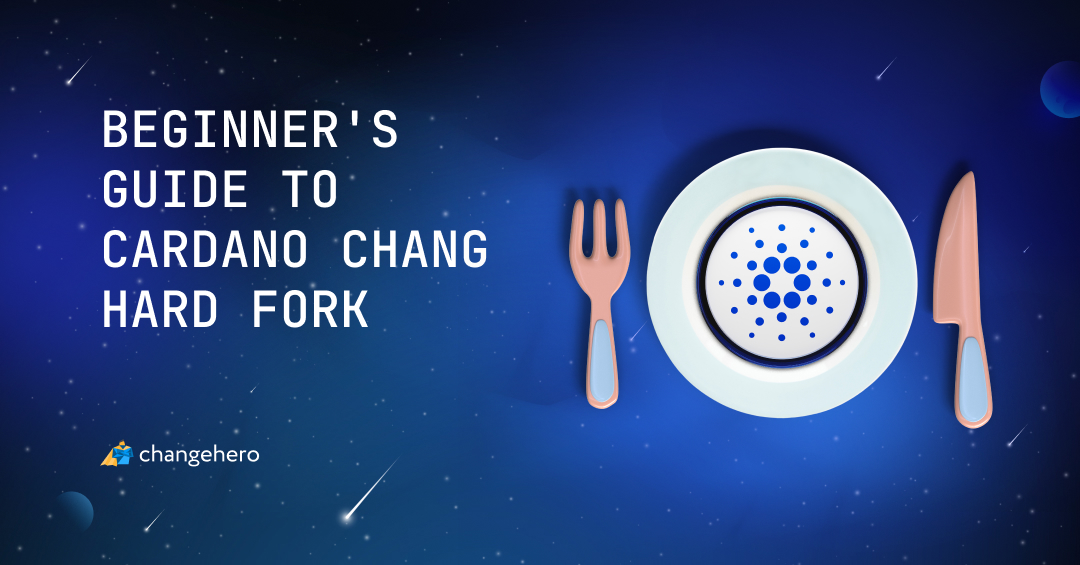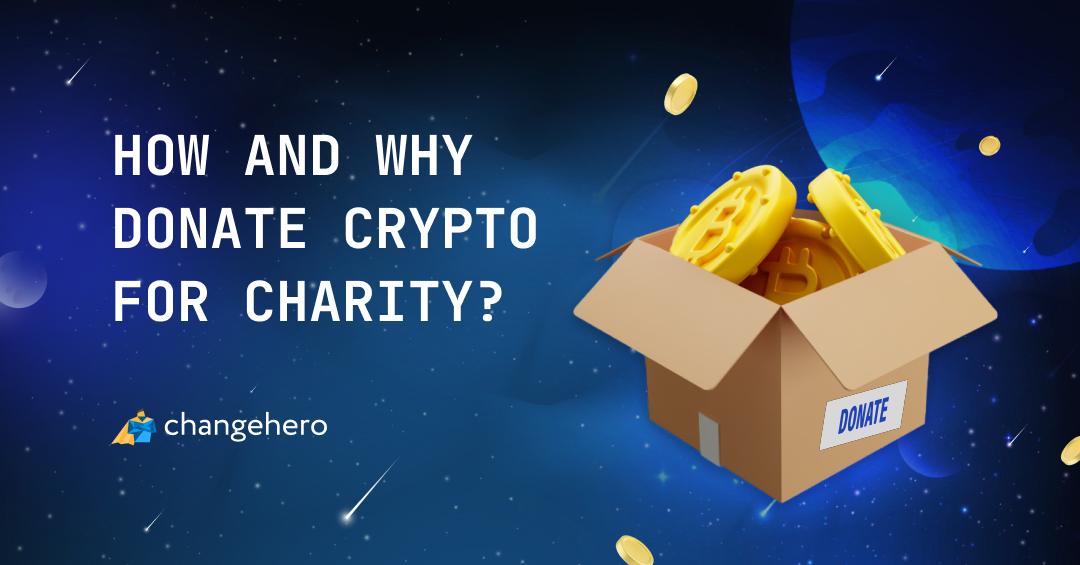Contents
Web3, or Web 3.0, is a vision of a decentralized global Web but many projects that build on this premise still utilize centralized services. The Graph intends to provide a solution for decentralizing indexing databases and querying blockchain data. What is The Graph doing to achieve this and why does it need a utility token — explained in this guide.
Key Takeaways
- The Graph is an answer to the problem of centralized data indexing. They propose a solution called subgraphs, open source programming interfaces for blockchain data;
- To maintain consensus and ensure protocol participants behave fairly, The Graph uses a native token GRT;
- The Graph protocol’s mainnet was launched in late 2020. Popular applications that built a subgraph include Uniswap and Audius.
What is The Graph?
Most applications on the Web do not exist in a vacuum and use data, interfaces and features from other sources, sites and apps. Same goes for the Web3, but in addition to the blockchain interoperability problem there is also pervasiveness of centralized services, legacy of the Web2.0.
Indexing protocol The Graph offers an answer to both of these problems: instead of having to set up a centralized server or database, its users can plug into open APIs called subgraphs to query data.
Subgraphs
The Graph’s solution, called subgraphs, is an open API in The Graph ecosystem that can automatically perform processes like a normal API. For instance, a Uniswap subgraph can be used to query trade volumes and is integratable in applications, such as wallets.
How Does It Work?
The Graph is powered by an open data layer on Ethereum. To extract and read the blockchain data, subgraphs abstract interacting with Ethereum’s JSON-RPC API.
Pulling data from the blockchain directly and not from an in-house indexing database significantly increases the application loading speed and eliminates a single point of failure.
All subgraphs are open-source and written in GraphQL, a common language for Web2.0 apps. It makes the subgraphs open, accessible and easy to work with.
Roles
There are four major roles in The Graph network:
- Indexers who operate The Graph node, query processing and indexing data. They are node operators who stake GRT tokens to maintain the network consensus;
- Curators maintain and assess the reliability of sources that indexers use, for a portion of query fees in GRT;
- Delegators that provide indexers with their share for running full The Graph node in return for a cut from the rewards;
- Consumers, end users and devs who utilize the services of Indexers, Curators and Delegators.
History and Team behind The Graph
Like many Web3 projects, The Graph was established by an experienced team which has experience from the Ethereum Foundation, Decentraland, Orchid and other platforms.
The Graph was founded by a team of three, Yaniv Tal, Brandon Ramirez and Jannis Pohlmann.
Tal and Ramirez studied electrical engineering at USC and worked together at MuleSoft, an API developer tools company that underwent an IPO and was sold to SalesForce.
The Graph was first unveiled to the public in June 2018. To fund The Graph’s mainnet launch in December 2020, a private and public token sale was held in June and October 2020.
What is The Graph crypto, GRT?
To provide a monetary incentive to maintainers of The Graph, the protocol has its own cryptocurrency token, GRT. For the layer on Ethereum, GRT is an Ethereum token of ERC20 standard.
Protocol participants — indexers, curators and delegators — lock up GRT in the protocol. Indexers receive a cut from the fees for queries they help process, and curators earn from referring traffic to a subgraph of their choice.
Delegators and consumers also make use of GRT by paying indexers for their metered usage.
At launch, the total GRT supply was 10 billion tokens, and a 3% inflation started with the indexing rewards. The current liquid supply is 6.7 billion.
GRT was sold to venture capitals and other backers in 2020 for $0.03. The seed rounds were led by Multicoin Capital, Digital Currency Group and Coinbase Ventures.
At the moment of writing, the GRT token is worth $0.1006 and ranks 60th by market capitalization on CoinMarketCap.
How to use GRT?
GRT is a utility token on The Graph platform. It is mostly necessary for maintaining consensus and ensuring all protocol participants behave fairly. Active Indexers, Curators, and Delegators can earn income from the network proportional to the amount of work they perform and their GRT stake. Node operators (Indexers) stake GRT to participate in the network and earn fees as well as inflation rewards for serving queries.
Comparison with Similar Projects
The Graph intends to take the same niche in Web3 that is occupied in Web2 by Amazon Redshift. What is The Graph’s competition in Web3 currently?
For on-chain data, devs tend to use Dune Analytics, Glassnode and Nansen. Unlike these services, The Graph is decentralized and provides better uptime.
The Graph subgraphs do the same for blockchain data as Chainlink oracles do for the real-world data. The Graph takes on-chain data and distributes it to on-chain and off-chain claimants.
What is The Graph Criticized For?
Despite the claims, at the time The Graph is not exactly safe from halts and network problems. In September 2020, the Uniswap subgraph became stuck because of an issue with a hosted service. The subgraph was not responding for several hours until the node client hotfix was ready and deployed by third-party developers and users. By now, there is a more robust network of indexers to eliminate such points of failure.
Developers also report problems with migration of subgraphs. After all, there are still many things to work out before The Graph works consistently. Other users wish the communication from The Graph team was clearer. In addition to developers building with The Graph, there are a plethora of non-savvy users who bought in because they believe in the project’s potential.
Partnerships and Future Plans
The Graph’s adoption largely depends on who builds with the substack. Subgraphs are open to everyone, so the range of applications that can use them is unlimited. Ethereum subgraphs exist for Audius, Uniswap, Ethereum Name Service, Synthetix and others.
There are also a number of VCs backing The Graph. In addition to DCG, Coinbase Ventures and Multicoin Capital, they also include Tally Capital, CoinFund (US) and DT Capital Partners (China).
For a project so strongly oriented into the future, it is surprising that it doesn’t have an official roadmap. The best way to learn about the upcoming features would be to attend monthly dev meetings, one can also follow the community forums.
The Graph on Social Media
Around +4000% increase in Query Fees 🧑🚀 Will @graphprotocol be #1 soon on The Web3 Index? 🔥$GRT pic.twitter.com/L4bxtRZFe6
— MardΞni (🧱, 🚀) 📍🇦🇪 (@Mardeni01) June 24, 2022
Network growth and activity has a positive effect on GRT. The community is excited to see The Graph popular with other Web3 users.
✳️ CLOSED ALLOCATIONS
— Graphtronauts (@graphtronauts) June 28, 2022
In the last 24h,
12 indexers closed a total of
18 allocations distributing
138.83K $GRT to their delegators.#grt #grtfam #thegraph #graphtronauts #Web3 #YieldFarming #yield #Cryptocurency #CryptoNews pic.twitter.com/8H8iQ3YirN
With resource allocations, it is possible to earn GRT by delegating a stake. Accounts like Graphtronauts make sure to track them.
As more and more data becomes tied to blockchains, more dApps will be built to facilitate access to that data and this result in tremendous growth for the next iteration of the internet. And best of all, #thegraph $grt will be there to index it.
— Joshua Adler (@GroupEldorado) June 26, 2022
As Web3 continues to grow, so does the relevance of The Graph’s value proposition.
How to Store GRT?
Many multi-coin wallets support The Graph, as it is an Ethereum token. The most popular picks for ERC20 tokens exclusively are MEW and MetaMask.
The Graph token (on Ethereum and Solana) is supported by a multi-currency wallet Exodus, in which you can seamlessly exchange it to other altcoins with ChangeHero. For safer storage, pick a hardware wallet, for example, Trezor Model T.
How to Exchange GRT on ChangeHero?
If you have cryptocurrency, you can easily swap it for GRT on ChangeHero. Please note that we support only ERC20 GRT.
It only takes five steps:
- Choose the currencies on the home page, amounts and the type of exchange. Provide your wallet address in the next step and check the amounts;
- Double-check the provided information, read and accept the Terms of Use and Privacy Policy;
- Send in a single transaction the sum of cryptocurrency you will be exchanging. Fixed Rate transactions have a 15-minute limit;
- And now, relax! We are doing all the work: checking the incoming transaction and doing the exchange as soon as it arrives;
- As soon as the exchange has been processed, your GRT are on the way to your wallet. We’ll be happy to hear your feedback if you enjoyed using ChangeHero.
Our support team is always available in chat widget on the website, official Telegram group or through the email: [email protected].
Conclusion
Web3 is only taking shape, and projects like The Graph provide an answer to Web2.0’s woes. It is early to judge whether it will be Web3’s Redshift, but they are already carving the niche.
This Beginner’s guide to The Graph is only a part of the series: find the rest in our blog! For daily updates, subscribe to ChangeHero on Twitter, Facebook, Reddit and Telegram.
Learn more:
Quick links:
- Best Hardware Wallets to Use in 2021
- Exchange Bitcoin to Ethereum
- Exchange Bitcoin to Bitcoin Cash
- Exchange Bitcoin Cash to Bitcoin












